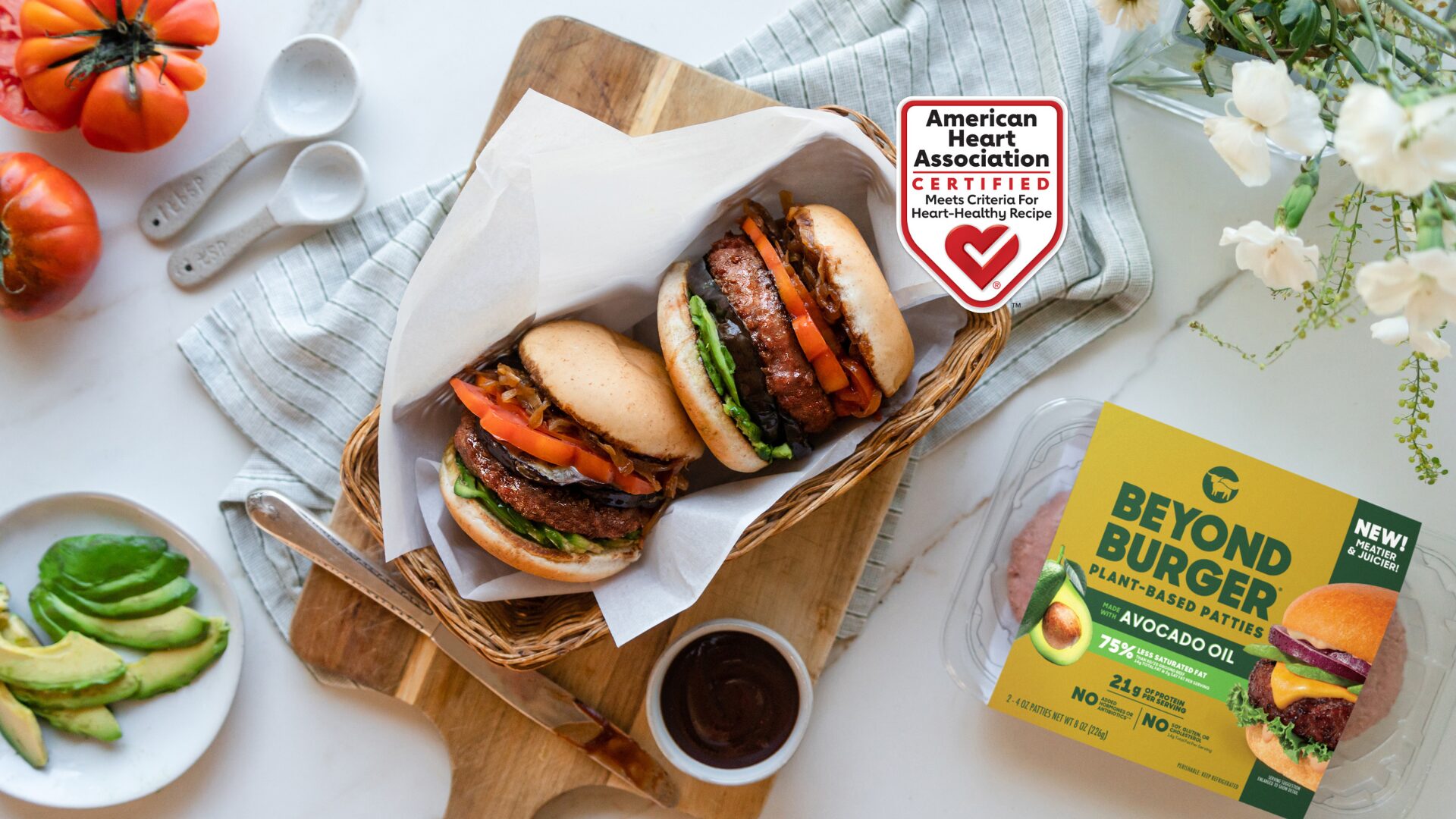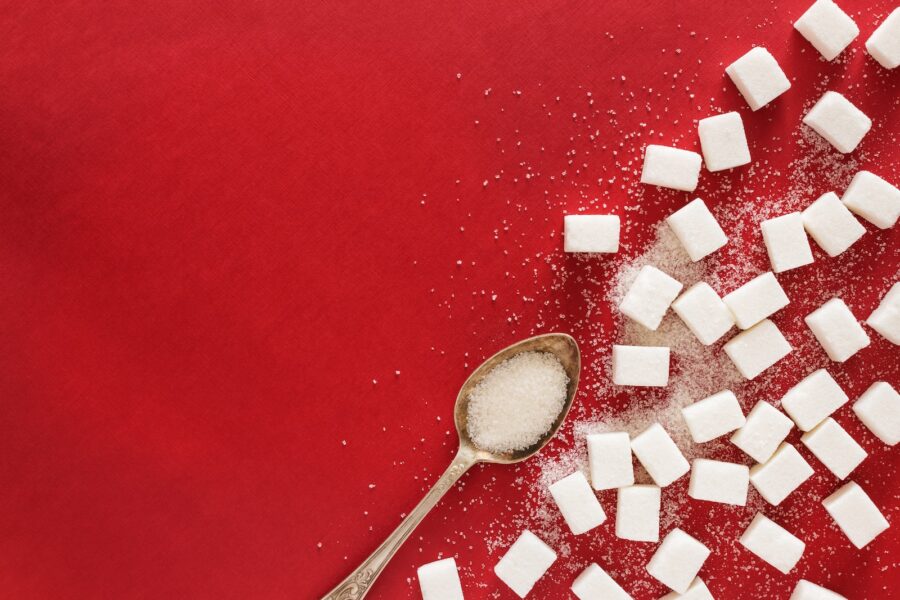The World Health Organization had hoped to reduce worldwide dietary salt consumption by 30% by 2025, but a report issued this month by the U.N. agency admits the plan is woefully off track.
Sodium is an essential nutrient and for millennia has been used to preserve foods. It’s hidden in myriad other condiments and in foods that most people would not suspect. Too much salt can increase the risk of heart disease, stroke and premature death.
“Unhealthy diets are a leading cause of death and disease globally, and excessive sodium intake is one of the main culprits,” WHO director-general Tedros Adhanom Ghebreyesus said in a press release, calling on all countries to take action.
THE WORST OFFENDERS
Most people realize snacks like potato chips and pretzels and processed lunch meats contain excess salt, but few realize bread is among the saltiest, WebMD noted in 2017. Pizza comes in at No. 2, followed by sandwiches, cold cuts and cured meats, and canned soup. Potato chips and pretzels were No. 7.
Medicine.net also puts pickles, frozen meals, instant noodles, cheese, processed seafood, vegetable juice, pre-cut vegetables, sauces, cookies and cereal on the list.
Table salt is 40% sodium, and a teaspoon contains 2,300 milligrams. The American Heart Association recommends adults’ salt consumption not exceed 1,500 mg a day, but the typical American consumes more than double that – 3,400 mg.
We all know we’re supposed to stop adding excess salt to foods and instead season foods with herbs and spices, as well as eat fresh foods instead of processed or restaurant meals. But the fast pace of modern life makes it unlikely consumers will give up the convenience of opening a can, picking up take-out or grabbing a quick bite at a restaurant.
POSSIBLE SALT ALTERNATIVES
Reducing salt content gradually is one alternative, as well as using gums like guar to stabilize and maintain shelf life and palatability, experts told The Food Institute.
Joan Salge Blake, a registered dietician and clinical professor at Boston University, said overcoming consumers’ “salt tooth” will be tricky. The professor noted:
“The public’s palate needs to be retrained to look for savory flavors that go beyond salt. There are more than enough savory seasonings available, and the consumer is very open to different cultural fusions. This is the time to shake it up.”
Yeast extracts can provide as much as a 30% salt reduction without compromising taste, said Teresia Matthew, CEO and founder of SumFoods.
“Yeast extracts work similarly to spices,” Matthew said. “The extracts contain naturally occurring amino acids, which provide a rich and savory taste in foods, especially those that are high in protein. They also may reduce the need for sugar and can act as an alternative to caramel coloring.”
The Food Institute Podcast
Click the play button above to listen to the episode.
Cyber threats are a growing issue for the food industry, but what can food companies do to keep their data safe and operations intact? More importantly, how should you react after a cyber-intrusion takes place? Arete Incident Response’s DJ Schalk discusses common threat vectors and explores ransom negotiations, while HUB International’s Sommer Chanady and Brian Schnese discuss how insurance can protect your business and best practices to help prevent an intrusion in the first place.












